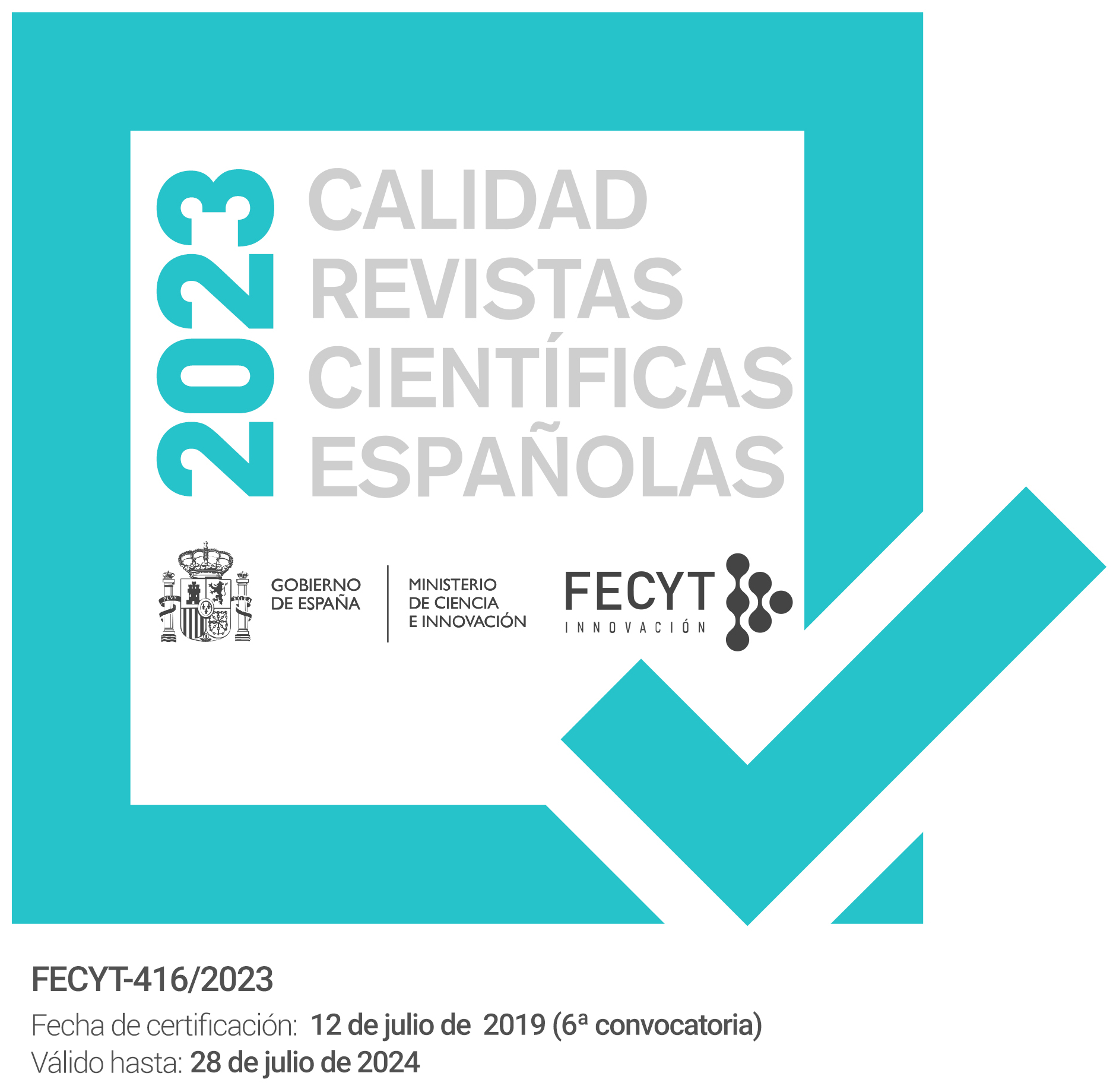Computational Modelling for Understanding Historical and Social Phenomena
DOI:
https://doi.org/10.51349/veg.2023.1.01Keywords:
None.Abstract
None.
Downloads
References
AMMERMAN, A.J.; CAVALLI-SFORZA, L.L. (1984): The Neolithic Transition and the Genetics of Populations in Europe, Princeton University Press.
AXTELL, R.L.; EPSTEIN, J.M.; DEAN, J.S.; GUMERMAN, G.J.; SWEDLUND, A.C.; HARBURGER, J.; CHAKRAVARTY, S.; HAMMOND, R.; PARKER, J.; PARKER, M. (2002): Population growth and collapse in a multiagent model of the Kayenta Anasazi in Long House Valley, Proceedings of the National Academy of Sciences of the United States of America, 99 (Suppl. 3), 7275-7279. https://doi.org/10.1073/pnas.092080799
BEVAN, A. (2015): The data deluge. Antiquity, 89 (348): 1473-1484. https://doi.org/10.15184/aqy.2015.102
BONABEAU, E. (2002): Agent-based modeling: Methods and techniques for simulating human systems, Proceedings of the National Academy of Sciences, 99 (suppl. 3): 7280-7287. https://doi.org/10.1073/pnas.082080899
CEGIELSKI, W.H.; ROGERS, J.D. (2016): Rethinking the role of Agent-Based Modeling in archaeology, Journal of Anthropological Archaeology, 41: 283-298. https://doi.org/10.1016/j.jaa.2016.01.009
CHAPA, M. T. (1984): Aspectos metodológicos de la tipología arqueológica: Un ejemplo referido a las fíbulas de La Téne. En Primeras Jornadas de Metodología de Investigación Prehistórica: 253–268.
FORT, J.; MÉNDEZ, V. (1999): Time-Delayed Theory of the Neolithic Transition in Europe, Physical Review Letters, 82 (4): 867-870. https://doi.org/10.1103/PhysRevLett.82.867
GARCÍA ATIÉNZAR, G. (2008): Aplicaciones SIG en el análisis de las sociedades del pasado: Un caso de estudio: las primeras comunidades campesinas del Levante Peninsular, Panta Rei: Revista de Ciencia y Didáctica de La Historia, 3: 45-72. https://doi.org/10.6018/pantarei/2008/4
JANSSEN, M.A. (2009): Understanding artificial Anasazi, Journal of Artificial Societies and Social Simulation, 12 (4): 13. https://www.jasss.org/12/4/13.html
MARWICK, B. (2017): Computational Reproducibility in Archaeological Research: Basic Principles and a Case Study of Their Implementation», Journal of Archaeological Method and Theory, 24: 424-450. https://doi.org/10.1007/s10816-015-9272-9
O’BRIEN, M.J.; LEE LYMAN, R. (2003): Cladistics and Archaeology, University of Utah Press.
ORENGO, H.A.; GARCIA-MOLSOSA, A.; BERGANZO-BESGA, I.; LANDAUER, J.; ALIENDE, P.; TRES-MARTÍNEZ, S. (2021): New developments in drone-based automated surface survey: Towards a functional and effective survey system, Archaeological Prospection, 28 (4): 519-526. https://doi.org/10.1002/arp.1822
PALACIOS, O.; BARCELÓ, J.A.; DELGADO, R. (2022): Exploring the role of ecology and social organisation in agropastoral societies: A Bayesian network approach, PLOS ONE, 17 (10): e0276088. https://doi.org/10.1371/journal.pone.0276088
PARDO-GORDÓ, S.; BERNABEU, J.; JIMÉNEZ-PUERTO, J.; ARMERO, C.; GARCÍA-DONATO, G. (2022): The chronology of archaeological assemblages based on an automatic Bayesian procedure: Eastern Iberia as study case, Journal of Archaeological Science, 139: 105555. https://doi.org/10.1016/j.jas.2022.105555
ROZOY, J.-G. (1978): Les derniers chasseurs. L’Épipaleolithique en France et en Belgique. Essai de synthése, Bulletin de la société archéologique champenoise.
RUBIO-CAMPILLO, X.; BLE, E.; PUJOL, À.; SALA, R.; TAMBA, R. (2022): A Spatial Connectivity Approach to Landscapes of Conflict: Julius Caesar and the Assault to Puig Ciutat (NE Iberian Peninsula), Journal of Archaeological Method and Theory. https://doi.org/10.1007/s10816-022-09549-7
SHENNAN, S. (2012): Darwinian Cultural Evolution, en I. HODDER (ed.), Archaeological Theory Today, Polity Press, Cambridge: 15-37.
Downloads
Published
Issue
Section
License
Copyright (c) 2023 Alfredo Cortell-Nicolau, Salvador Pardo-Gordó

This work is licensed under a Creative Commons Attribution-NonCommercial-NoDerivatives 4.0 International License.
The articles are open access distributed under the terms of the Creative Commons Attribution-NonCommercial-NoDerivatives (CC BY-NC-ND) Spain 4.0 license. Authors who publish in this journal agree with the following terms:
a) Authors retain the copyright and guarantee the journal the right to be the first publication of the work as well as licensed under a Creative Commons Attribution License that allows others to share the work with a recognition of the authorship of the work and the Initial publication in this magazine.
b) Authors may separately establish additional agreements for the non-exclusive distribution of the version of the work published in the journal (for example, place it in an institutional repository or publish it in a book), with recognition of its initial publication in this magazine.
c) Authors are allowed and encouraged to disseminate their work electronically (for example, in institutional repositories or on their own website) before and during the submission process, as it may result in productive exchanges, as well as a earliest and largest citation of published works (See The Effect of Open Access).



